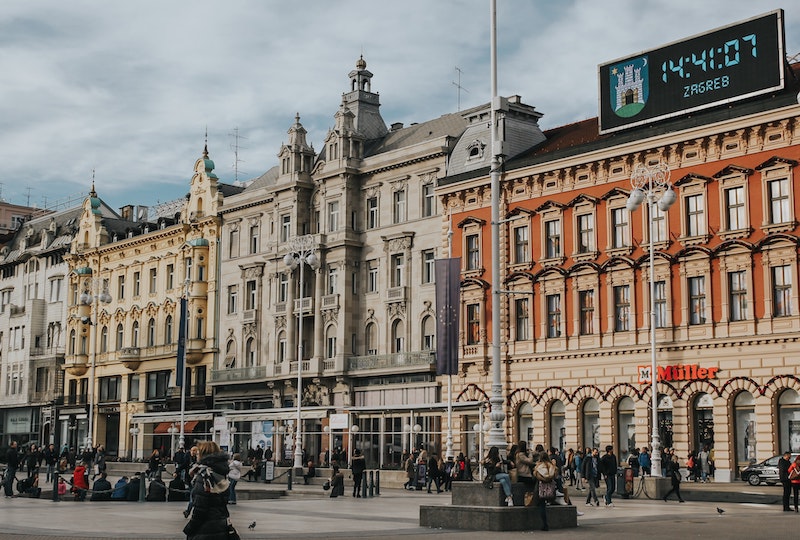Human Trafficking in Croatia

In 2017, the International Labour Organization (ILO) estimated that almost 25 million cases of human trafficking existed across the world. According to the United Nations Office on Drugs and Crime (UNODC), the most common form of human trafficking is sexual exploitation, mostly among girls and women. Southeastern Europe, which includes countries such as Croatia, Albania and Bulgaria, has a high prevalence of trafficking for purposes of sexual exploitation. In terms of human trafficking in Croatia, the 2022 Trafficking in Persons Report by the U.S. Department of State ranks Croatia as a Tier 2 country, meaning “Croatia does not fully meet the minimum standards for the elimination of trafficking but is making significant efforts to do so.”
The 2022 Trafficking in Persons Report
The government of Croatia created the Independent Monitoring Mechanism (IMM) to oversee the conduct of police authorities at the country’s borders and ensure that human rights are upheld at all times. The IMM “may help potential victims self-identify to authorities and reduce future opportunities for traffickers to exploit migrants and asylum-seekers,” the TIP 2022 report said.
However, Croatia had inadequate screening processes in place for undocumented migrants and asylum seekers. A few judges also required several testimonies from trafficking victims, leading to re-traumatization. Furthermore, the legal system charged some traffickers with less serious crimes.
Preventative Measures
The Croatian government has taken a series of steps to raise awareness of human trafficking and increase prevention measures.
- Holding monthly virtual meetings to oversee the implementation of Croatia’s 2018-2021 national action plan (NAP) to combat trafficking.
- Hosting awareness campaigns in high-risk areas and targeting at-risk groups.
- Running an anti-trafficking hotline that received 678 phone calls, which led to six human trafficking investigations.
- Croatia prompted labor inspectors to conduct inspections in several fields of work to ensure there are no legal infringements.
- The law mandates that employers cannot charge recruitment fees to workers and implements fines in this regard.
- Labor inspectors in Croatia are able to issue fines or impose criminal charges against employers who withhold salaries from workers.
The U.S. Department of State indicated that although efforts supporting the elimination of trafficking have increased, the government still falls short of meeting the minimum standards.
From the Perspective of Croatia’s Youth
The majority of the victims experiencing human trafficking in Croatia are women and children. Adolescents are susceptible to trafficking due to their vulnerabilities and lack of knowledge. A study led by Zora Raboteg-Šarić and others in 2007 utilized a survey to test the human trafficking knowledge of 950 students.
The results differed between different parts of the country. Students from larger towns had more knowledge of human trafficking than those from smaller towns. Slightly more than 50% of respondents believed that human trafficking in Croatia is not a major concern. Females and older students generally see human trafficking in Croatia as a more serious issue than males and younger students.
On the Right Track
Despite several setbacks in reducing human trafficking in Croatia, the Croatian government has made several efforts to improve. With commitments to raising awareness and supporting preventative efforts, the prevalence of human trafficking in Croatia can reduce.
– Madison Stivala
Photo: Unsplash
